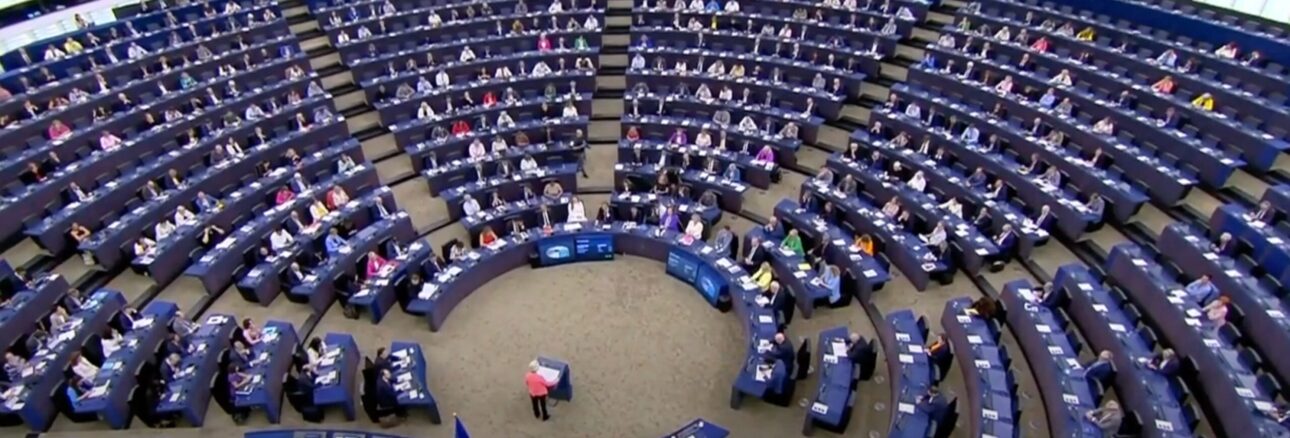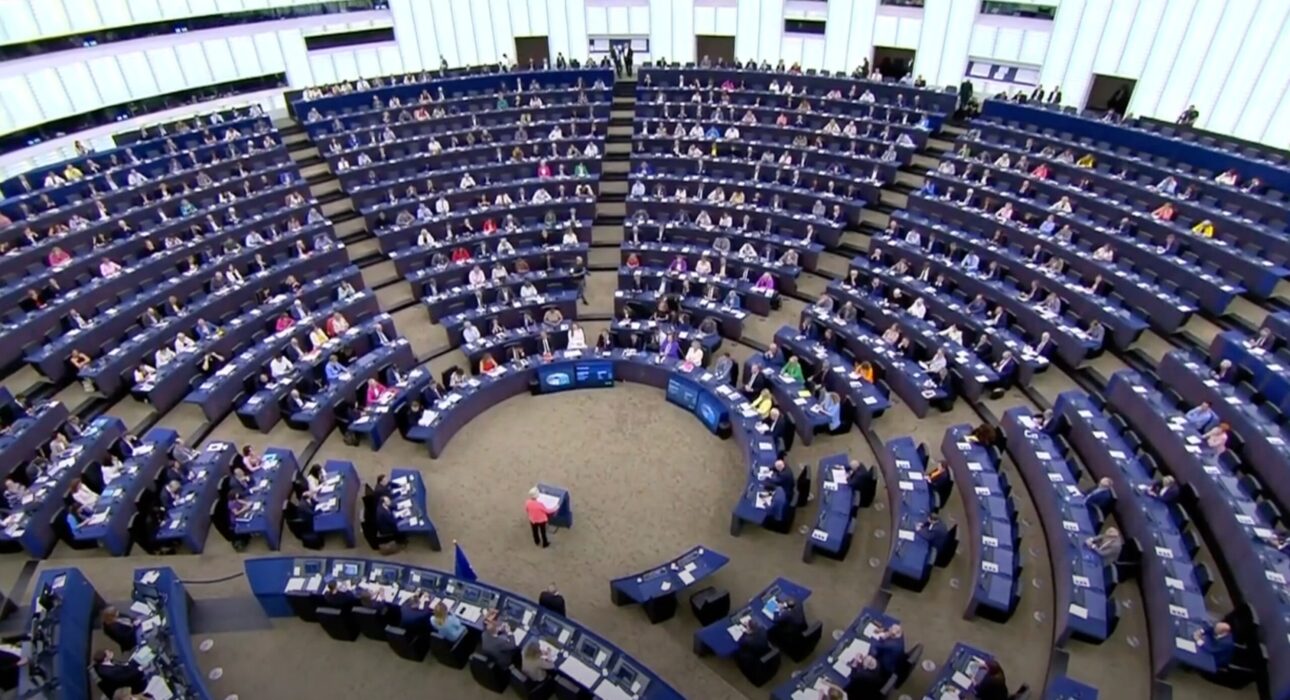EU-China Electric Car Spat More Good News for Battery Metal Miners
EU: Chinese competitors benefiting from huge state subsidies
The European Union will launch an anti-subsidy investigation into Chinese electric vehicles, European Commission president Ursula von der Leyen told the bloc’s lawmakers in an annual address on Wednesday.
Given that the auto industry lies at the heart of Germany’s industrial economy – if not the nation’s sense of self – and is considered a national treasure in both France and Italy, the probe may have far reaching consequences, and well beyond the European Union.
Considering the high stakes and troubling outlook that German mass market automakers like Volkswagen are facing (read here how China has set up camp in Germany’s backyard), the eventual imposition of tariffs or other measures to limit Chinese carmakers’ access to Europe has an air of inevitability to it.
“Global markets are now flooded with cheaper Chinese electric cars and that price is kept artificially low by huge state subsidies. This is distorting our markets,” von der Leyen told the European parliament in Strasbourg adding that “too often our companies are excluded from foreign markets or are victims of predatory practices.”
And to drive the point home she repeated the phrase describing the size of government help in China: “They are often undercut by competitors benefiting from huge state subsidies.” Okay, it’s huge.
While Chinese EVs are scarcer than Chinese-made electric golf carts in the U.S., Europe has reason to worry. The middle kingdom’s vehicle exports surpassed South Korea in 2021, then overtook Germany in 2022, and this year will take top spot from Japan. Trade data indicates a total of 2.8 million vehicles were exported from China during the first 7 months of 2023 including 1.8m ICE-powered vehicles, a 74% jump compared to last year.

Chinese dominance of the mine-to-megawatt supply chain
There may be a case to make that China’s growing success in European car markets is the result of predatory practices and Beijing funneling money to its industrial champions.
But the rapid success of Chinese automakers in dominating all aspects of the global mine-to-megawatt supply chain – the key to EV affordability – is not in dispute. (The third best-selling electrified car in China this year is the BYD Dolphin, a fast-charging compact hatchback BEV with a 420 km range that starts at $16,700.)
Neither is the desirability of many Chinese electric cars, which are shot through with high-tech features often not found in U.S. and European-made vehicles. (The best-selling electrified car in China in 2023 is also a BYD, the Song Plus DM-i plug-in hybrid, with a range of 1,000 km, including 150 km in fully electric mode, and a price tag of $23,000.)
Just how extensively and quickly China has penetrated the European market is short of astonishing.
China has already cornered a full fifth of Europe’s EV market
The Adamas Intelligence EV Battery Capacity and Battery Metals Tracker shows that in the first half of 2023, 19% of all GWhs delivered to EV (and hybrid) buyers in Europe, including Britain and non-EU states, were contained in China-made EVs and packs.
In absolute terms, the battery power exported to Europe from China grew more than 51% this year to-date – a total of 14 gigawatt hours. And China is pushing the accelerator. The month of June saw 71% more made-in-China GWhs end up in Europe compared to June 2022, cornering a full fifth of the market.
European car-buyers probably won’t be pleased if the European Commission’s response leads to higher EV prices and less variety (as it likely will). Chinese car shoppers enjoy an embarrassment of riches with 110 (yes, that’s one-hundred-and-ten) different brands and more than 300 different electrified models to choose from.
The majority of Chinese EV exports to Europe this year, the Commission may be pleased to hear, were non-Chinese brands (including those of BMW and Dacia) although the fact that the best part of these shipments were Teslas only complicates matters. Slapping tariffs on the U.S. electric car pioneer because it assembles EVs and uses batteries made in Shanghai won’t please Washington.
No doubt exceptions could be carved into any rules devised by the EU once the investigation (read horse-trading) is done, but the Biden administration’s grants, subsidies and loans for EVs under its signature green legislation, the $430 billion IRA, have only led to consternation in Brussels over how to respond.
The bloc’s Green Industrial Plan (GIP) is as ambitious and no less generous than the IRA, and other U.S. programs like the Bipartisan Infrastructure Law and bolstering its eastern flank to defend its car industry are logical next moves.
For miners supplying the battery metals, the latest EU-China trade spat is simply more fuel on the fire started by the IRA and continued by GIP, which hands out grants, subsidies and soft loans to domestic and friendly countries in exchange for building a non-Chinese supply chain.
Made-in-China EVs have hauled 30,000 tonnes of battery metals onto European roads so far this year
Adamas data shows that the batteries of made-in-China EVs exported to Europe over the first six months of 2023 contained over 8,000 tonnes of lithium carbonate equivalent, representing 18% of Europe’s total consumption over that period, and an increase of 67% year-on-year. No doubt when sodium-ion batteries, already garnering market share in China, fully take off, Europe should expect even more salted roadways.
Similarly, 20% of graphite deployed onto Europe’s highways and byways through the first half of 2023 hit the road in China-made EVs and packs, totaling almost 13,000 tonnes year-to-date, up 68% year-over-year.
Over the same period, nearly 6,000 tonnes of nickel made its way to Europe from China in EVs with NCM lithium-ion batteries, representing 14% of all battery nickel deployed in the region year-to-date and a 46% increase in imports year-over-year.
Moreover, some 1,300 tonnes of manganese was exported to Europe from China in latter-made EVs and packs, making up 12% of all manganese deployed onto European roads through the first half of the year and a whopping 82% more than it imported the year prior.
Cobalt exposure was more modest with approximately 1,000 tonnes of the thermal-runaway curbing battery metal deployed onto European asphalt in China-made EVs so far this year, constituting just 11% of all battery cobalt deployed in the region year-to-date, albeit a 62% rise in import tonnage year-over-year. Modest cobalt use in China-made EVs points to the fact that Chinese EV and battery makers’ chemistry of choice is currently lithium iron phosphate (LFP), which in June made up 50% of the market there.
The likely outcome of the EU move is to halt or at least slow down China exporting the overcapacity that has built up in its domestic EV industry. The 30,000 tonnes of battery materials sourced from all over the world by China’s EV and cell makers then exported to Europe will now have to find a different route.
Miners have long dreamt about attracting a premium for their products when delivered onto Western markets where environmental, social and governance rules are stricter. Von der Leyen’s talk of artificially low prices brings that reality one step closer.
Back to overview

